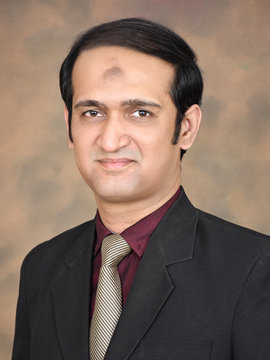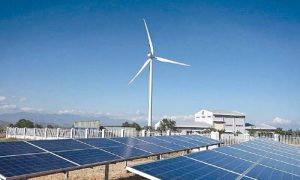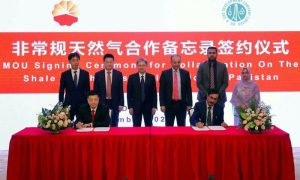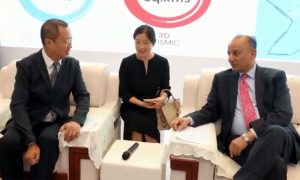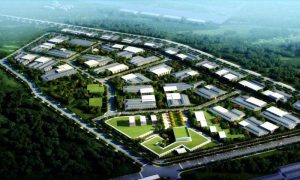Engr. Dr. Muhammad Nawaz Iqbal
Solar energy is the radiant light and heat from the Sun that is captured by a variety of technologies, including solar architecture, solar thermal energy, and solar power to produce electricity. It is a crucial source of renewable energy, and depending on how solar energy is captured, distributed, or transformed into solar power, its technologies are often classified as passive solar or active solar. Utilizing photovoltaic systems, concentrated solar electricity, and solar water heating are examples of active solar approaches. A building’s orientation toward the Sun, the use of materials with favorable thermal mass or light-dispersing qualities, and the creation of naturally ventilated rooms are all examples of passive solar approaches.
Any substance that can store heat, heat from the Sun in the case of solar energy is said to have thermal mass. Stone, cement, and water are typical examples of thermal mass materials. By absorbing solar energy during the day and releasing stored heat to the cooler atmosphere at night, they have historically been employed to keep buildings cool in desert climes or warm temperate regions. They can also be utilized to retain warmth in cold temperate climates. Climate, day lighting, and shading conditions are only a few of the variables that affect the size and location of thermal mass. Thermal mass, when properly implemented, keeps interior temperatures within a reasonable range and eliminates the need for supplemental heating and cooling systems.
In order to transform sunshine into useful outputs, active solar approaches use photo voltaics, concentrated solar power, solar thermal collectors, pumps, and fans. Techniques for passive solar design include choosing materials with advantageous thermal characteristics, planning areas with natural air circulation, and taking into account a building’s orientation with respect to the Sun. Passive solar technologies lessen the need for alternative resources and are typically regarded as demand-side technologies, whereas active solar technologies enhance the energy supply and are classified as supply side technologies.
Solar power is the process of turning solar energy—either directly through photo voltaics or indirectly through concentrated solar power—into electrical energy. Using the photovoltaic effect, photovoltaic cells transform light into an electric current. In concentrated solar power systems, a huge area of sunlight is focused to a hot spot, frequently to drive a steam turbine, using lenses, mirrors, and solar tracking devices. From the calculator powered by a single solar cell to rural dwellings powered by an off-grid rooftop PV system, photo voltaics were initially only employed as a source of electricity for small and medium-sized applications. The 1980s saw the initial development of commercial concentrated solar power plants. Grid-connected solar PV systems have increased more or less exponentially since that time as the cost of solar electricity has decreased.
Building design has been impacted by sunlight ever since the history of architecture began. Greek and Chinese civilizations were the first to use advanced solar architecture and urban planning techniques, orienting their structures toward the south to offer light and warmth.
Architectural designs that use passive solar energy typically have a sun-facing orientation, compact proportions (a low surface area to volume ratio), selective shade (overhangs), and thermal mass. They can result in well-lit environments that maintain a pleasant temperature range when these elements are matched to the local climate and environment. A well-known illustration of passive solar design is Socrates’ Megaron House. The most contemporary methods for solar design involve computer modeling that combines solar heating, lighting, and ventilation systems into a one package. Switchable windows, pumps, and other active solar equipment can enhance passive design and boost system performance.


